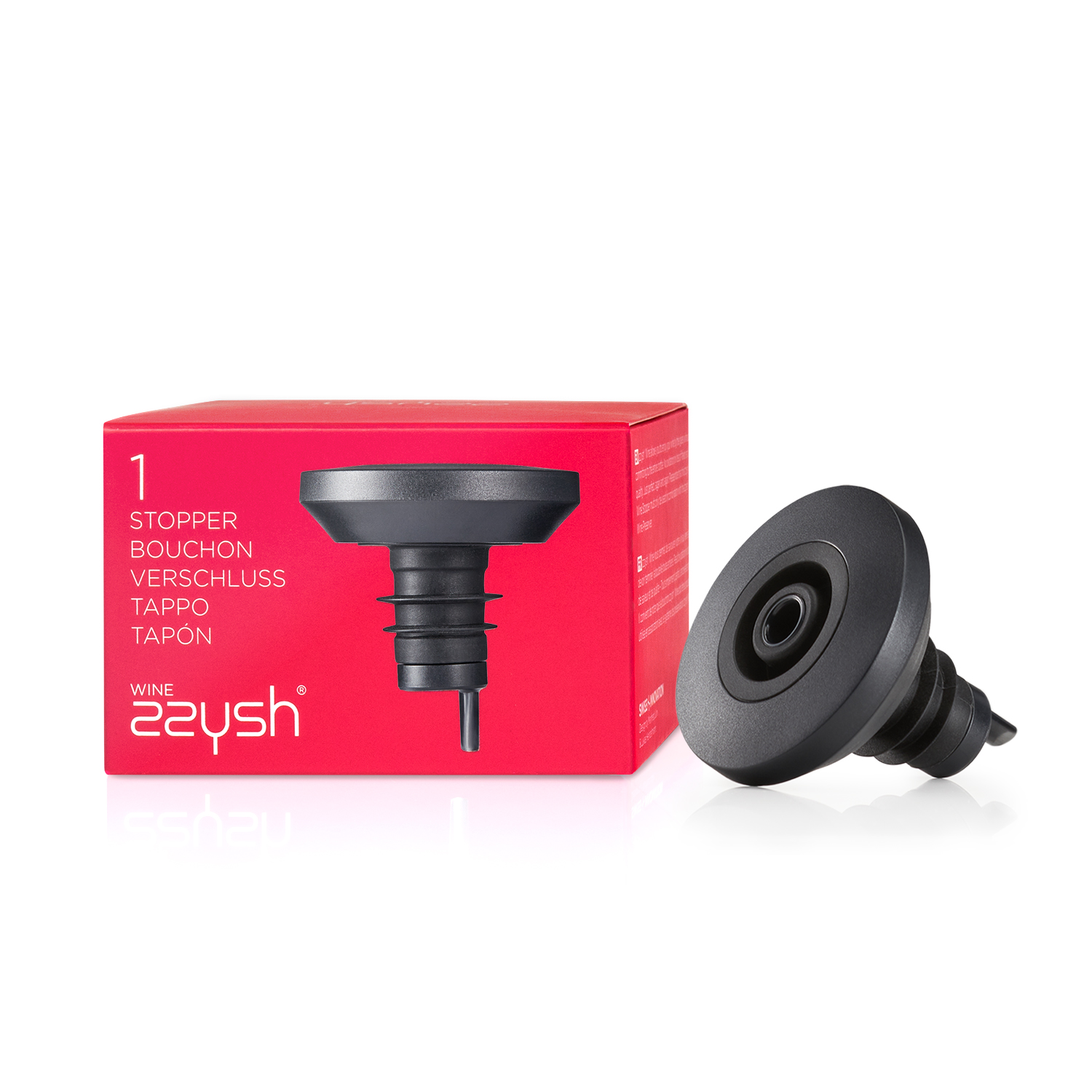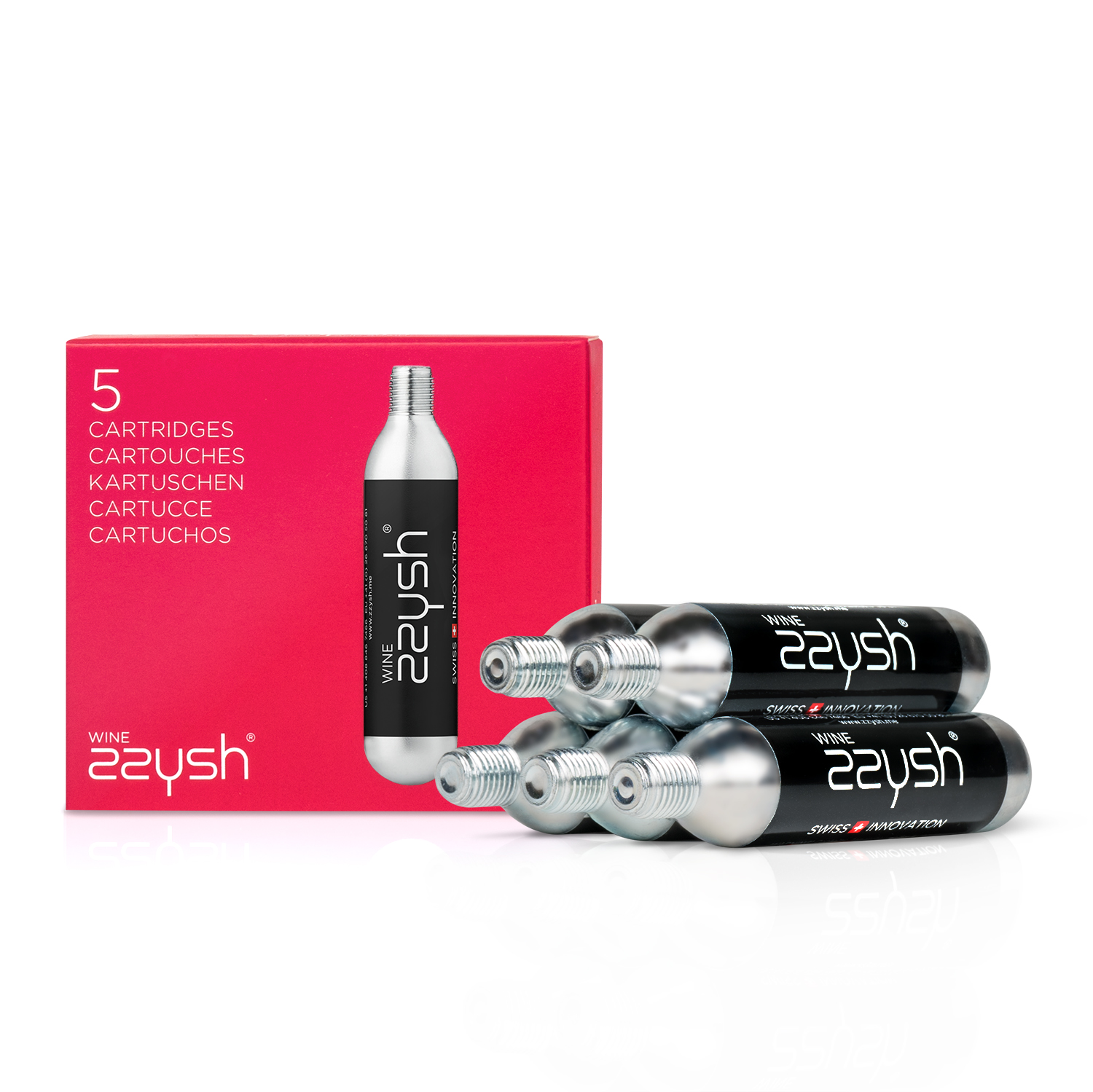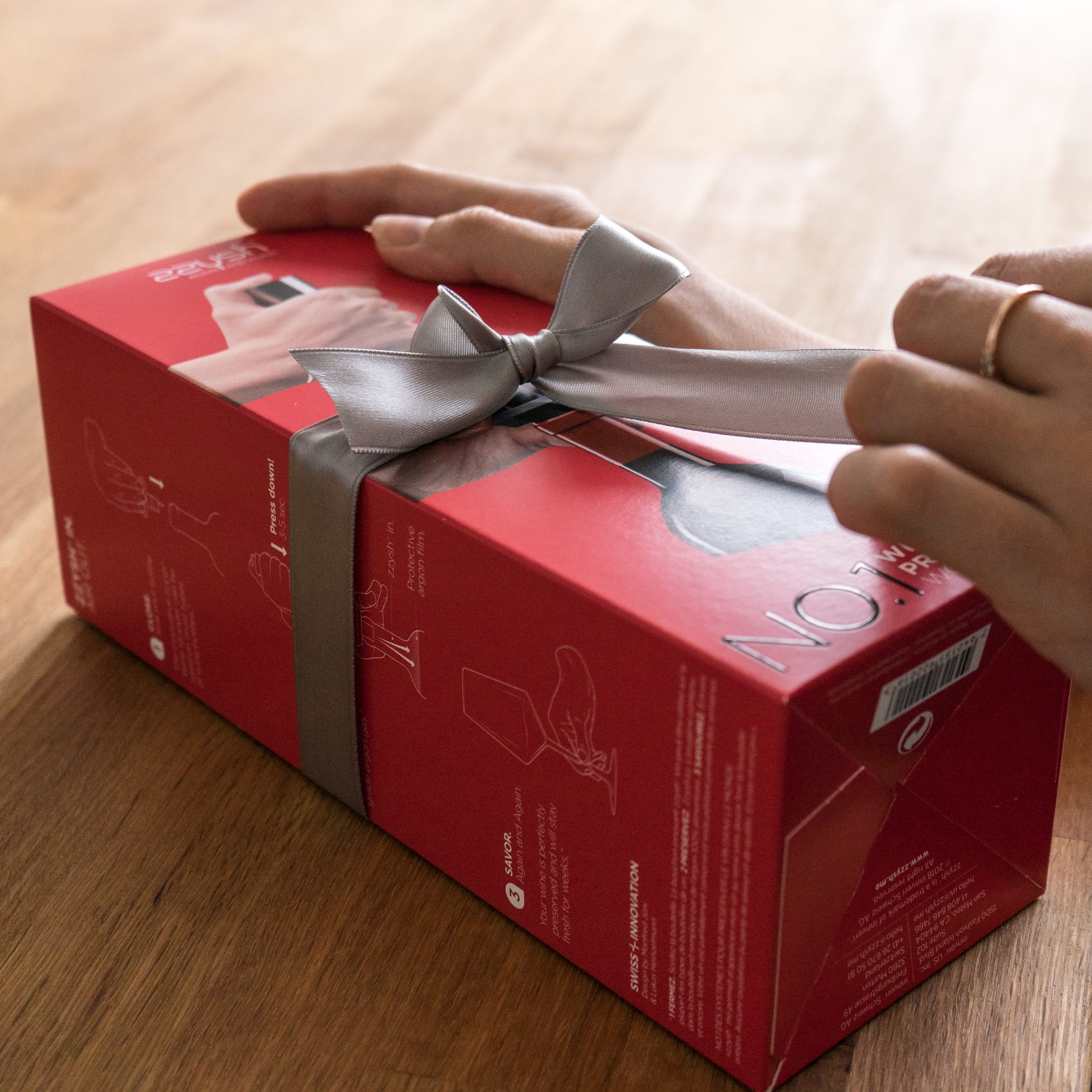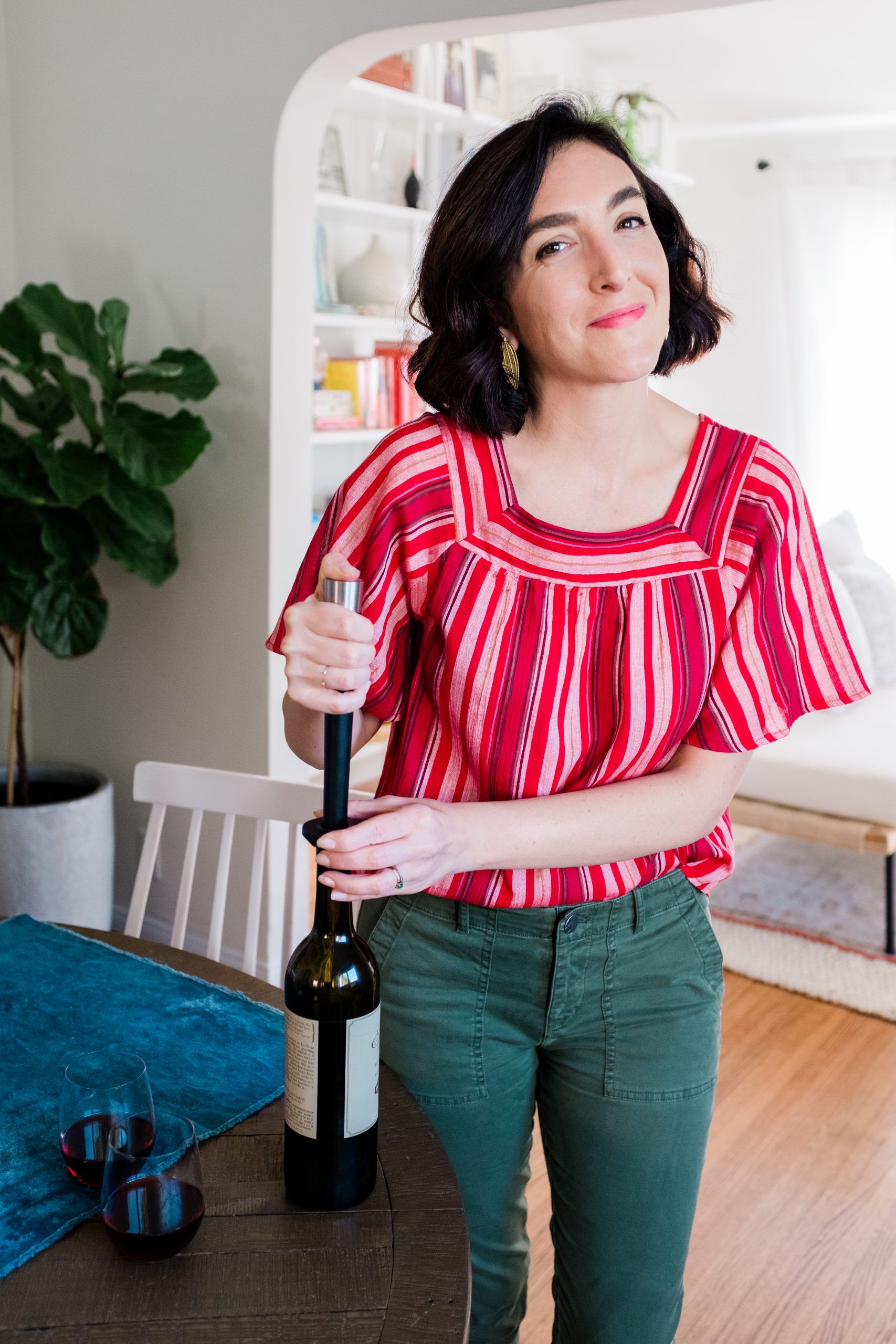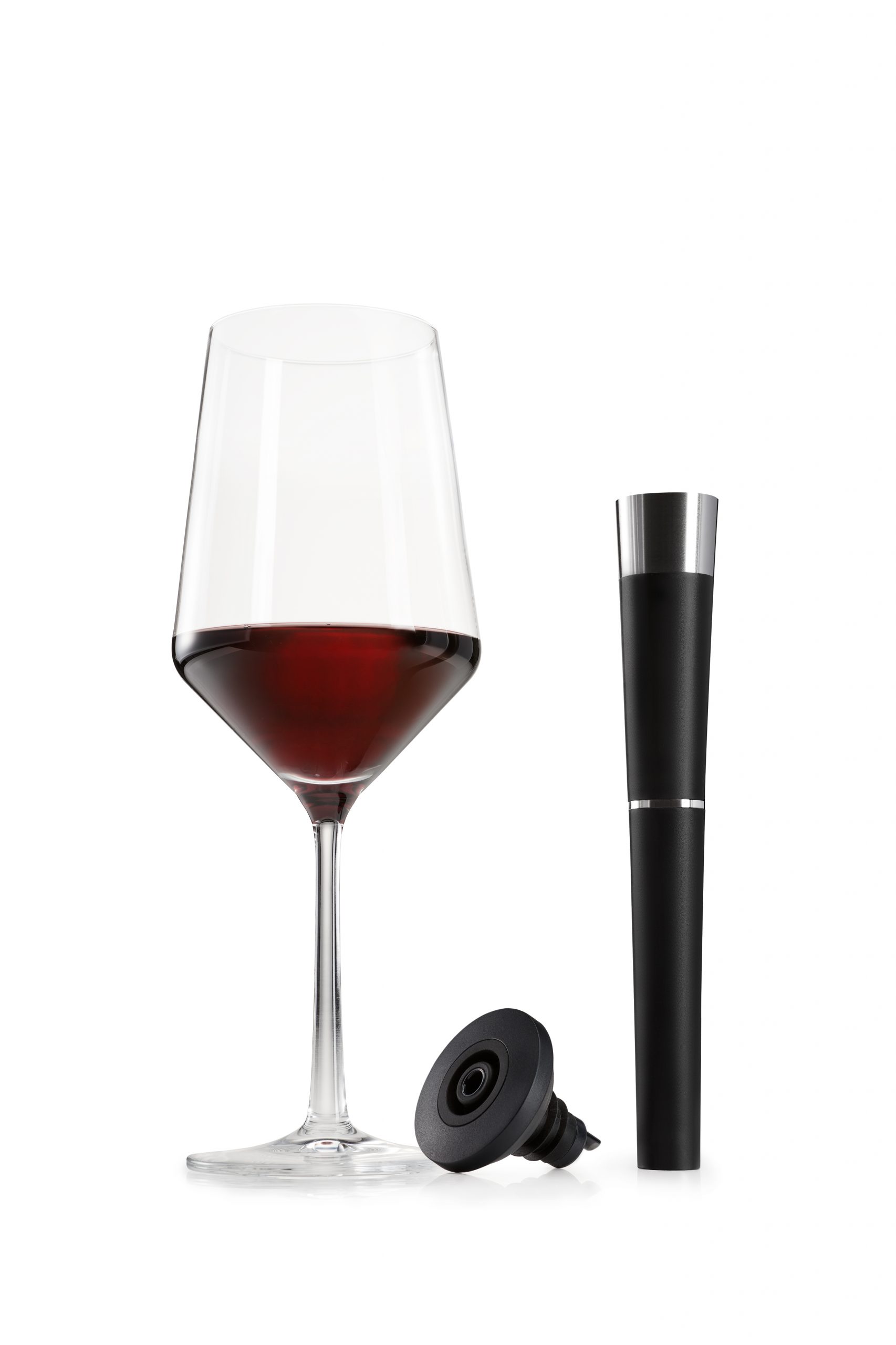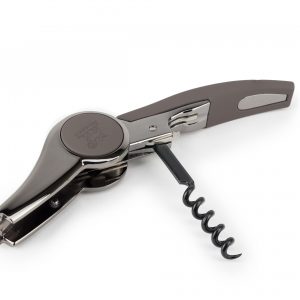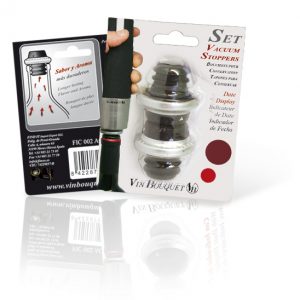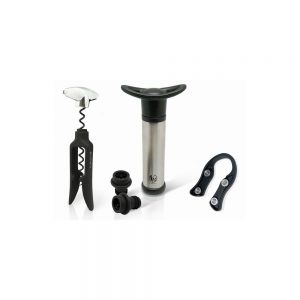Description
EVERY GLASS SHOULD BE LIKE THE FIRST!
The popularity and consumption of quality wine is growing again and the selection is huge. We can choose wines from all over the world in the shops.
This great process is, of course, accompanied by all sorts of business and consumer challenges, including the classic question: how can the quality of wine be maintained after opening the bottle? It may just seem like a hospitality problem, but we also face it many times at home because we don’t always run out of a full bottle or open more bottles than what guests eat.
The classic method is to close with a vacuum pump. However, the risk of this is high. Because there is a vacuum in the bottle, the air always wants to go inside the bottle, and this usually works in a few hours, up to 1 day. That is, the vacuum is lifted and the wine begins to oxidize, disintegrate, and so on. In addition, the quality of vacuum plugs varies quite a bit.
Instead of a wine bottle vacuum pump, our suggestion is an argon gas closure. While it’s not as excellent as the Coravin, which doesn’t even require you to open the bottle, it’s orders of magnitude better than vacuuming. The empty space in the bottle is filled with argon gas, which seals the wine from the air and thus guarantees the preservation of quality for several weeks. The ingenious but simple closure of the Swiss company Zzysh is an easy-to-use low-cost solution if we want to make a secure closure in the short term.
Advantages:
- It doesn’t cost many hundreds of thousands of HUF and guarantees the freshness of the wine for weeks.
- Fits in a small space.
- Easy to use.
- At Színfolt KFT, we believe that it is unnecessary to experiment with uncertain vacuuming. The Zzysh seal guarantees the freshness of the wine left in the bottle so that each glass is like the first. This is made possible by the argon gas in the closure, which can be added to the bottle through the closure cap, displacing oxygen.

